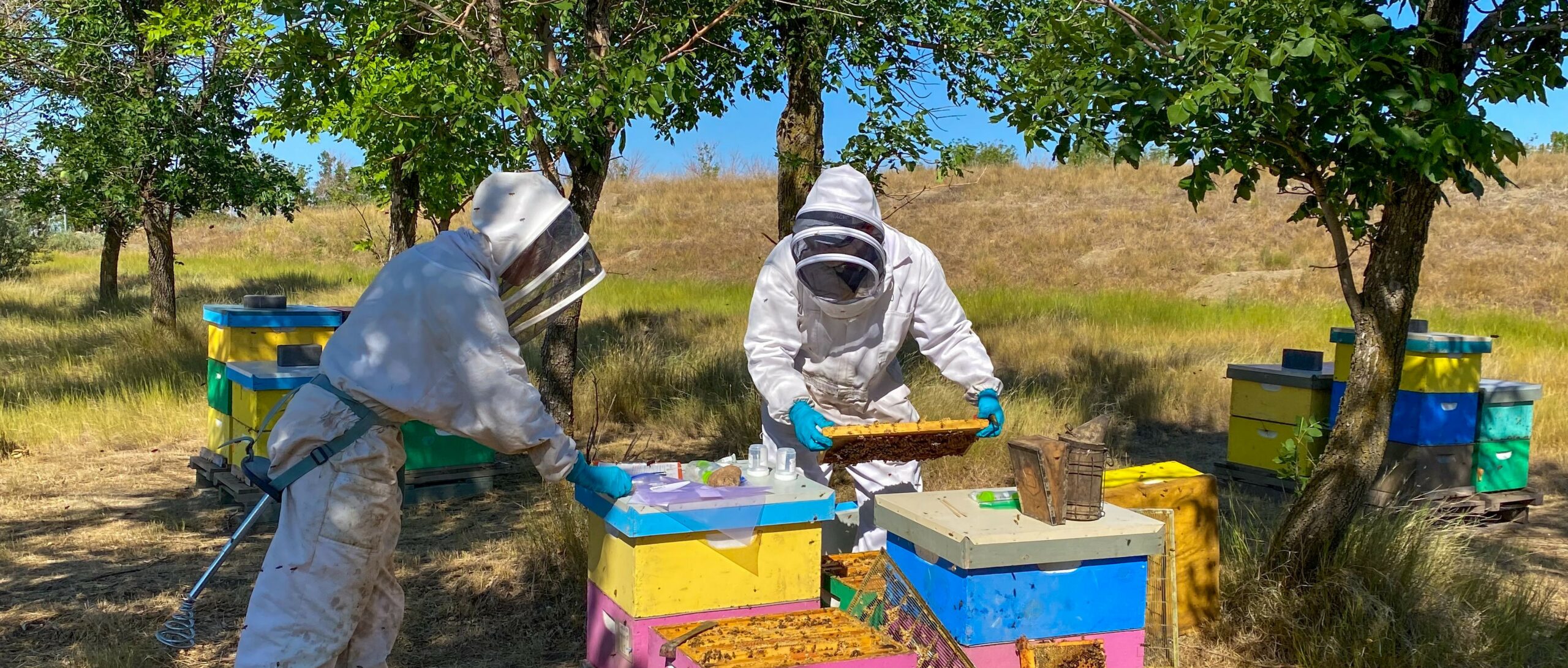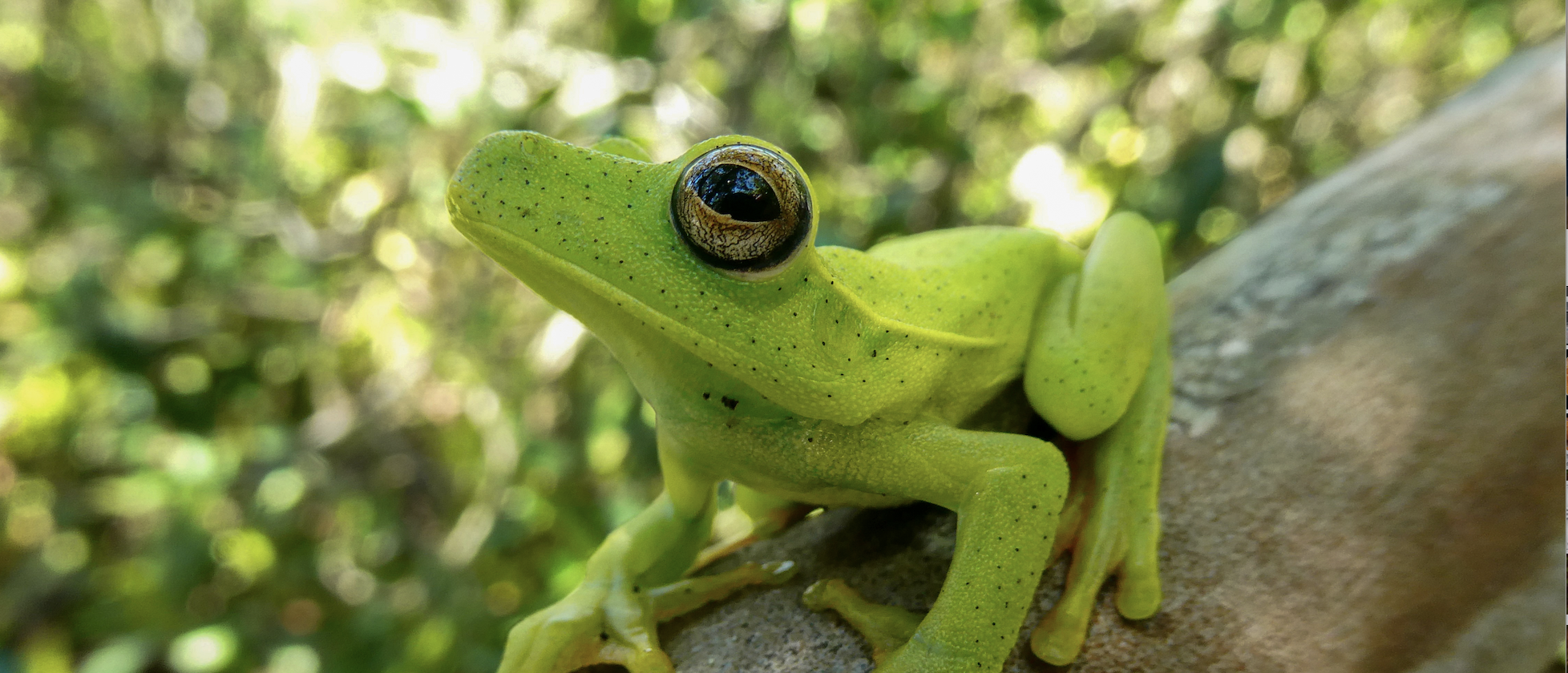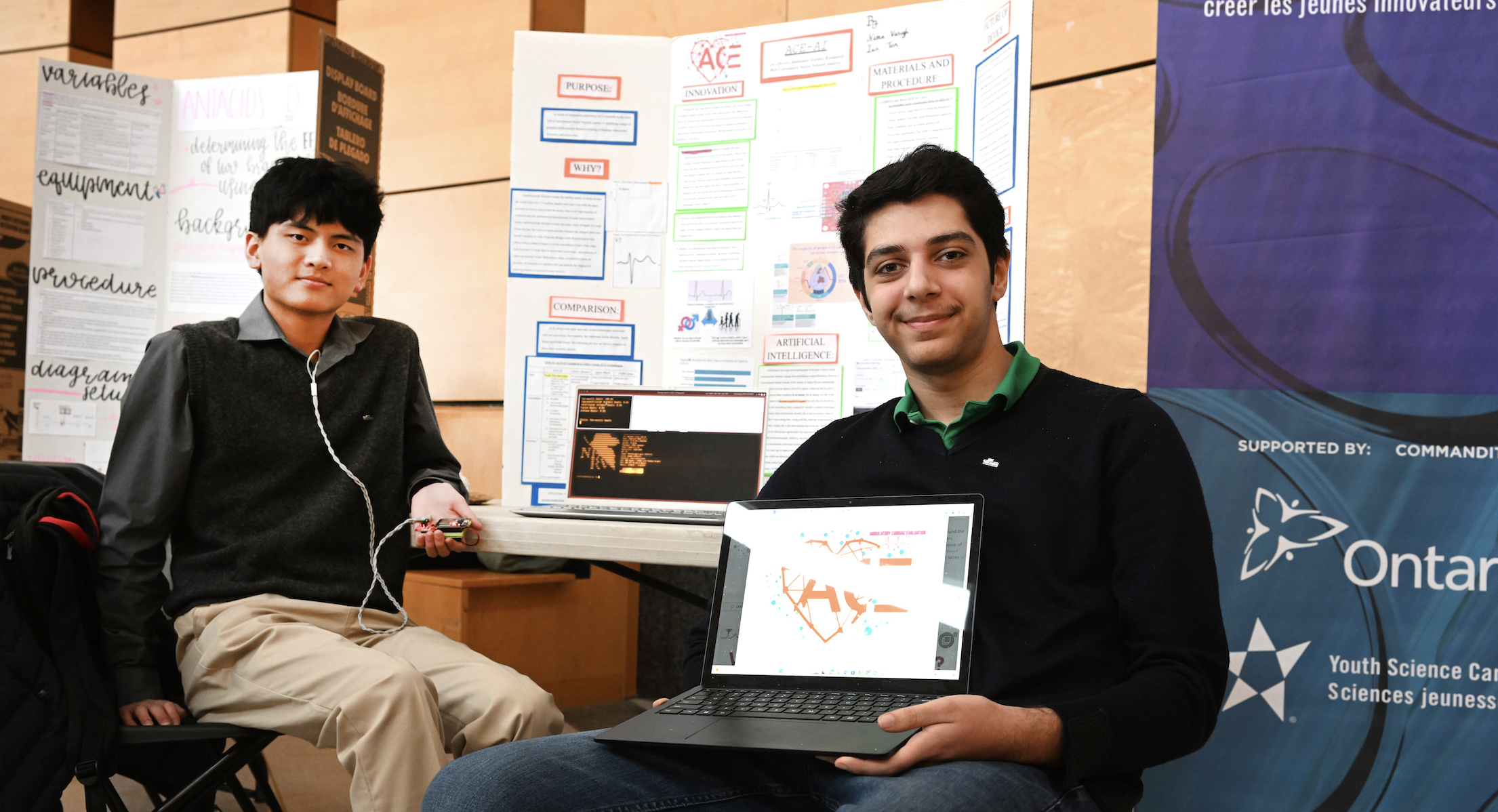
Mysterious dead cluster galaxy found in thriving ancient galaxy city
Why cluster’s galaxies are unlike those in all other known protoclusters is a mystery
TORONTO, Feb. 10, 2021 – The discovery of a massive dead cluster of galaxies in a young universe full of star producing galaxies, close to 12 billion light-years away from Earth, has surprised an international team, including researchers from York University.
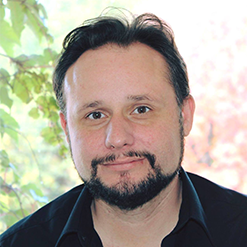
York researchers discovered a large galaxy structure, also known as a protocluster, and partnered with international collaborators and researchers at the University of California, Riverside, who led the effort to explore it in further detail using the largest telescope in the world at the W. M. Keck Observatory in Hawaii.
“The Universe is filled with these clusters of galaxies. They’re everywhere,” says Professor Adam Muzzin of the Faculty of Science, York University. “One of things we were looking at was these galaxies very far in the past and when you look at them in the past, they are all still forming stars, but this one is really different. It was no longer forming stars, while all its neighbours were.”
The newly discovered growing galactic metropolis, named MAGAZ3NE J095924+022537, is a massive newborn galaxy cluster consisting of at least 38 member galaxies. When viewing the galaxy, scientists are looking back in time to when this universe was less than two billion years old.
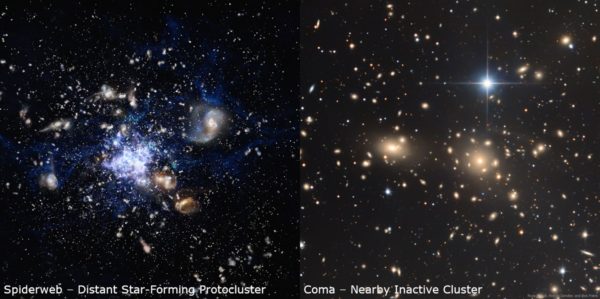
“What we were trying to do initially is see how far in the past can we see these massive galaxies and whether or not they have started forming or accumulating this cluster like structure,” says York Visiting Professor Cemile Marsan. “What we found is surprising. Not only do we see an over density of galaxies around this one massive galaxy, we also found that they have already advanced quite a bit in their evolution.”

Researchers weren’t expecting to see this dying out of galaxies at this epoch in time. Galaxy clusters grow over time under gravity and, in the present-day universe, can contain hundreds or even thousands of galaxies, as well as hot gas and dark matter. As time goes by, their galaxies burn through the fuel available and evolve from vigorously star-forming galaxies into red and dead galaxies.
“In the early universe, all protoclusters discovered until now are full of vigorously star-forming galaxies,” said Ian McConachie, a graduate student at the University of California, Riverside, and the lead author of the research paper. “But incredibly, unlike all of the other protoclusters which have been found at this epoch, many galaxies in MAGAZ3NE J0959 appear to have already stopped forming stars.”
The finding raises many questions and could test the current paradigm of how protoclusters are formed, especially if more dead cluster galaxies are found. In the future, Muzzin and Marsan hope to be able to explore further using the new James Webb Space Telescope as there could be others like it out there that have yet to be found.
How do you find something like this?
The team used spectroscopic observations from the W. M. Keck Observatory’s Multi-Object Spectrograph for Infrared Exploration, or MOSFIRE, to make detailed measurements of MAGAZ3NE J0959 and precisely quantify its distances.
“There is a degree of serendipity about it. It’s like with archeologists – you see a building sticking out and you start digging, and sometimes it’s just a wall and sometimes it’s an entire city with pots and pans,” says Muzzin. “You don’t know until you actually start digging and that’s the same with astronomy. Sometimes you look and there isn’t much there, and then other times you find something surprising and different.”
Closely associated to the question of how ultramassive galaxies (UMGs) form, is the question of the environment in which they form. Are they always found in over dense environments like protoclusters or can they also form in isolation? Next, the team plans to study the neighbourhood of all of the other UMGs in the MAGAZ3NE (Massive Ancient Galaxies At z>3 NEar-infrared) survey to answer this question.
“We don’t think we’ve mapped out the whole structure. We’ve kind of looked at one corner of it and saw an over density of galaxies, but there are the other sides of it we haven’t looked at,” says Marsan, adding, “It’s one of the most distant structures discovered – and the oldest in such a young universe by far – so that’s what sets it apart.”
The paper, “Spectroscopic Confirmation of a Protocluster at z = 3.37 with a High Fraction of Quiescent Galaxies,” is published in the Astrophysical Journal.
Other researchers involved in the study are Gillian Wilson of University of California, Riverside; Benjamin Forrest of University of California, Davis; Michael Cooper of UC Irvine; Marianna Annunziatella and Danilo Marchesini of Tufts University; Jeffrey Chan and Mohamed Abdullah of UCR; Percy Gomez of Keck Observatory; Paolo Saracco of the Astronomical Observatory of Brera, Italy; Julie Nantais of Andrés Bello National University, Santiago, Chile.
The study was supported by grants from the National Science Foundation and NASA.
-30-
York University is a modern, multi-campus, urban university located in Toronto, Ontario. Backed by a diverse group of students, faculty, staff, alumni and partners, we bring a uniquely global perspective to help solve societal challenges, drive positive change and prepare our students for success. York's fully bilingual Glendon Campus is home to Southern Ontario's Centre of Excellence for French Language and Bilingual Postsecondary Education. York’s campuses in Costa Rica and India offer students exceptional transnational learning opportunities and innovative programs. Together, we can make things right for our communities, our planet, and our future.
Media Contact:
Sandra McLean, York University Media Relations, 416-272-6317, sandramc@yorku.ca


